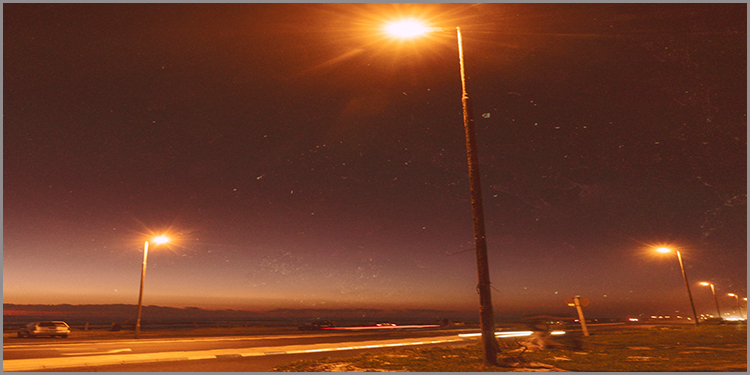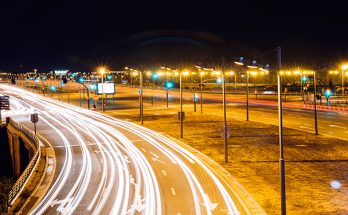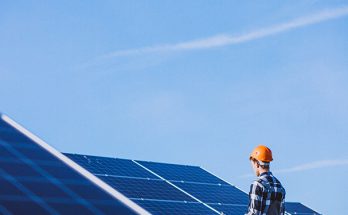
The Government of Kenya, in collaboration with the World Bank, has launched a transformative lighting and electrification initiative aimed at bringing sustainable energy solutions to underserved regions. As part of the Kenya Off-Grid Solar Access Project (KOSAP), 113 solar-powered mini-grids and 343 stand-alone solar systems will be installed in public facilities across 14 counties, significantly improving street lighting, safety, and accessibility in areas historically left in the dark.
Witnessed by President William Ruto, the signing of 20 contracts worth over KSh 10 billion marks a critical milestone in lighting up rural Kenya. Of the contracts signed, KSh 9.4 billion will go toward the mini-grid projects in 12 counties, while KSh 438 million will support the deployment of solar lighting systems in schools, health centers, and administrative offices. These efforts are expected to spur local economies by extending operating hours, enhancing security through street lighting, and enabling reliable access to public services.
Street and public lighting form a cornerstone of this program, offering a tangible improvement in the daily lives of communities. Solar-powered systems will illuminate critical infrastructure, reducing dependency on expensive and unreliable kerosene lamps and diesel generators. Improved lighting is expected to benefit small businesses, extend educational activities into the evening, and contribute to better service delivery in health and administrative centers.
The push to expand lighting is part of Kenya’s long-term plan to deliver electricity access to all by 2030. President Ruto emphasized that harnessing solar power not only provides clean and affordable energy but also plays a crucial role in bridging regional development disparities. By investing in solar lighting and electrification, the government reaffirms its commitment to ensuring no Kenyan is left behind in the nation’s progress.



